Copyright 2003 by Lou Jacobs Jr.
All rights reserved.
All photographs by the author unless otherwise noted.
Amherst Media, Inc.
P.O. Box 586
Buffalo, N.Y. 14226
Assistant Editor: Barbara A. Lynch-Johnt
Printed in Korea.
No part of this publication may be reproduced, stored, or transmitted in any form or by any means, electronic, mechanical, photocopied, recorded or otherwise, without prior written consent from the publisher.
Notice of Disclaimer: The information contained in this book is based on the authors experience and opinions. The author and publisher will not be held liable for the use or misuse of the information in this book.
Why do we take pictures? While I dont know you personally, Ido know die reasons why most people take pictures. Your incentives to enjoy photography are probably on this list:
To record the activities of yourself, your friends and family. Everybody (except the occasional Scrooge) likes to shootor at least seepictures of new babies, family and friends at leisure or playing, celebrations, and scenic destinations.
Another prime reason to take pictures is to frame and hang your best shots. Which reminds me, do you keep your prints in orderly albums? My wife is our album archivist, and she gives each print a roll and frame number on the back, plus a date. We can easily find negatives to make reprints. Assembling albums takes more time than storing pictures in drawers and shoe boxes, but the effort is absolutely worthwhile especially when you show them off.
Photography is a fulfilling hobby. On vacation few people travel without a camera, and they are often rewarded with images of beautiful scenes, details of nature, cityscapes, seascapes, etc. For photo enthusiasts, getting there can be at least half the fun. I jokingly say if the weather was nasty on a trip and I couldnt shoot many worthwhile pictures, I wasnt there.
Showing your pictures can be a kickmaybe at a camera club where you can win awards. Discussions about picture-taking stimulate us to find good subjects around home, at the zoo, at county fairs, etc. Then its fun to get encouraging feedback from others.
For photo enthusiasts, getting there can be at least half the fun.
Having saleable pictures is a further incentive. You dont have to be a professional to make saleable pictures (although you might not know how and where to sell them yet). When your pictures are good enough, sales to friends and relatives can get you started.

WHATS AHEAD?
Ive been a professional photographer for a long time, and many pictures in this book are mine, but some were taken by other professionals and skilled amateurs. Each subject and technique is presented to stimulate your creative urge to shoot your own versions of the subjects you choose. Composition, lighting, people, activities, and photos of photogenic places are yours to emulate. Dont worry about being a copycat. Every successful photographer has been inspired by role models. Famous painters were, too in his early years, Van Gogh did well-known copies of artist Millets work. Admiring quality photographs is a neat way to be under the influence. When you are feeling enthusiastic about your photography, you can move on to read more about the subjects that particularly interest you in other books. But now, read on and get involved.

What sort of plant is it? Maybe its two plants, one with flowers? Why do the long green leaves appear transparent in some places? Actually, its a double exposure. My SLR was set for two exposures on the same frame of film, and I doubled the film speed to ISO 200 so the combined images would equal a single exposure. Theres more about this technique in chapter 10.
1. what makes a great picture?
When I searched for photographs to illustrate tills book, many were rejected because they were not good enough. They were mundane or technically flawed. Exploring hundreds of slides and prints made me think: what are the main qualities of great pictures? In the follow-ing paragraphs Ive tried to answer that question. Interpret your own pictures using the same criteria. Discuss these topics with friends for enlightening differences of opinion. Heres what most people look for:
. The picture should have a main subject thats usually in a prominent area. A main or dominant subject catches your eye first. It may be an individual, an exciting moment in sports, poignant children, dramatic buildings or mountains, etc. In a portrait, the facial expression is usually dominant. In a landscape the dominant element may be a range of mountains or a field of flowers or a line of breaking waves. In a good composition, the background should support the main subject. Try to keep it simple and uncluttered. Composition is covered in greater detail in chapter 4.
. You encounter this quality in human-interest and storytelling situations. Many newspaper and magazine pictures include emotions caught on film, such as hopelessness in refugees or the excitement of winning a race. When you dont want to invade someones privacy at a critical time such as an accident, keep your distance and consider using a telephoto lens (roughly 100mm or longer) to get emotionally rewarding pictures. Human contacts that occur anywhere may be dramatic, fascinating, and believable. Photography of people under stress or celebrating is often journalistic, but you dont have to work for a newspaper to photograph the moments you discover.
What are the main qualities of great pictures?
An example of strong composition by Richard W. Tolbert. He planted his tripod on a wide divider in the center of Chicagos Michigan Avenue, checked exposure with a handheld meter, and exposed 100 ISO slide film for twelve seconds at f/11. He anticipated white headlight lines and red lines of tail lights as decorative elements. The composition is appealing and dramatic.


Frank Frost made this beautiful, painterly photograph of a family just after the sun went down at a favorite location outside of Albuquerque, NM. Frank is a veteran professional portrait photographer who has created a style based on use of subtle color, soft light, and an enviable ability to put his subjects at ease. Capturing happy, sad, and animated expressions on film can help you to intrigue viewers and enhance your reputation. Franks specialty is family portraits; he used a medium format camera and color negative film to capture this image.



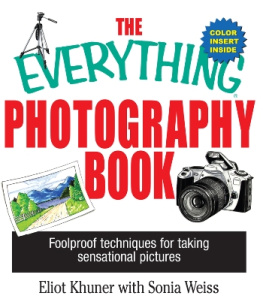
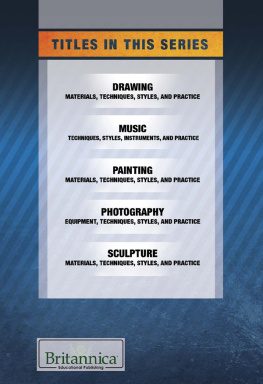
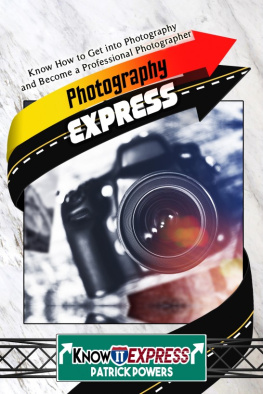
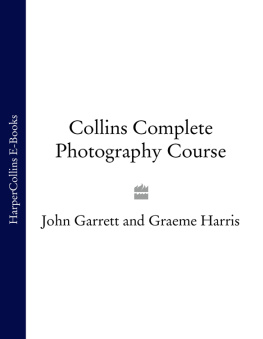
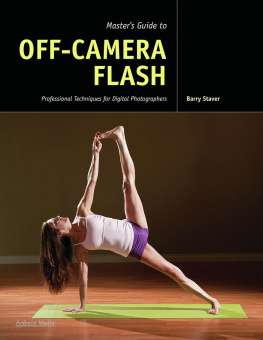

 B UFFALO , NY
B UFFALO , NY WHATS AHEAD?
WHATS AHEAD?

